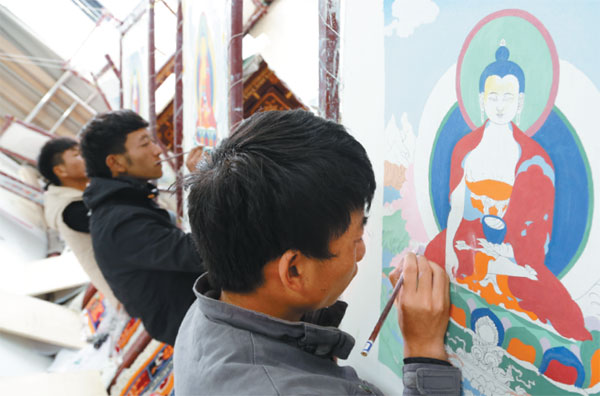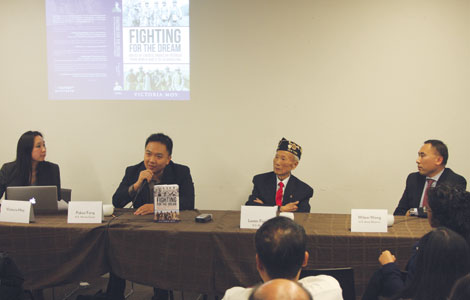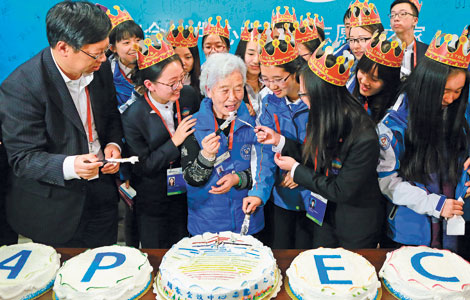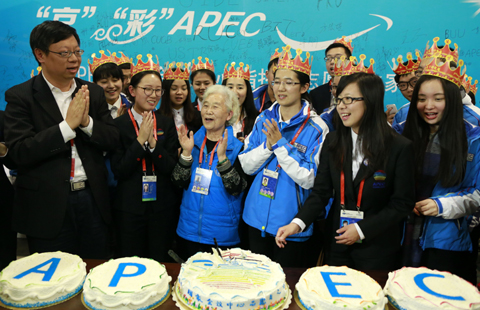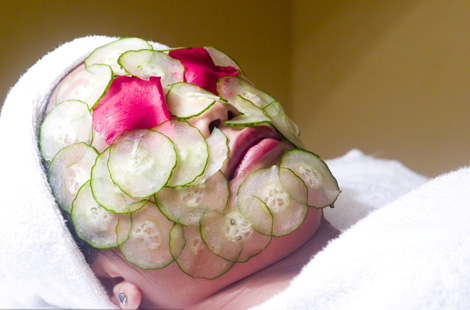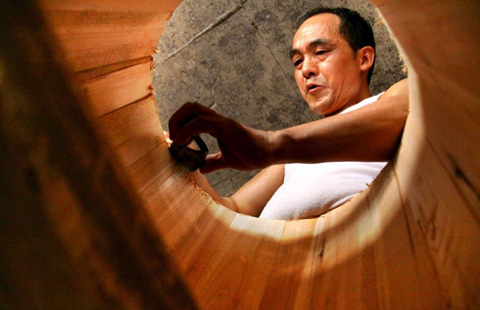Painting skill brings inner calm
Updated: 2014-11-07 08:34
(China Daily USA)
|
||||||||
|
Tsering Ngodrub practices Tangka painting. He says matching colors is the most difficult part. Photos By Da Qiong / China Daily |
As a child, Phuntsog Norbu would spend much of his time drawing. Most of his illustrations were cartoons.
He never thought that, as an adult, he would spend his days and nights drawing images of the Buddha.
"I had thought it (drawing the Buddha) was so simple, and nothing stood out," the 20-year-old said.
The native of Shannan plateau in the Tibet autonomous region has since decided to devote himself to traditional Tibetan Thangka painting for the rest of his life.
Phuntsog Norbu is one of 14 students who major in Thangka painting at Tibet University.
At about 9am every day, Phuntsog Norbu and his classmates gather to practice their craft.
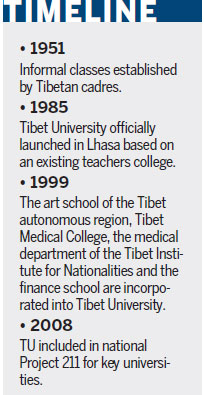
TU is considered the first Chinese university to offer Thangka painting as a major and the first to train painters in a classroom. It started recruiting three-year college students in 1985 to learn Thangka, and began to accept master's students for the subject in 2000. The school started to train undergraduates majoring in Thangka painting in 2004 and continues to roll out a class every four years.
Thangka usually involves painting on cotton or silk. It depicts stories and scenes from Buddhist scriptures. The art has become popular because of its delicate nature, and it is highly prized by art collectors.
In the past, Thangka painters usually started learning the craft at a very young age, as early as 3, in line with their family traditions. Painters would also take up the art as apprentices to masters.
Thangka painting was previously limited to men. But among the Thangka majors in TU, three women stood out.
The major has three specialized instructors. Palcho is one of them. He graduated from a TU Thangka painting program in 1991 and has been teaching Thangka painting at the university for 23 years.
"Most of the undergraduates never had Thangka training before enrolling in college," Palcho said.
Students take 16 classes a week. Traditionally, Thangka students only took courses related to Thangka painting. But now, they also learn other skills, such as oil painting and art theory and practice.
"Thangka painting needs massive practice. The knowledge of other art forms also helps painters create Thangka," the instructor Palcho said. Under the traditional method, apprentices usually had a more solid foundation in the art. But under the current system, students can be more creative and are able to use diverse skills to paint, Palcho he said.
But building a foundation is still the key to fine Thangka painting, Palcho said. Students spend the whole of their entire first year sketching with a pencil. They start learning coloring in their second year.
Tsering Ngodrub, a Thangka-painting major, was influenced by his father, an interior decorator.
"I've been interested in painting since I was young but never tried Thangka painting before college," said the 20-year-old, who found that the most difficult process was to match the colors.
Phuntsog Norbu no longer finds the process tedious.
"It was boring at first to repeatedly sketch Taras and Buddhas. It was extremely difficult to draw eyes in a symmetric way. Sometimes I drew triangular Tara and Buddha faces," he said. He realized the beauty of drawing Thangka gradually, he said.
"When I started to color Buddhas, their images became clearer. When I repeatedly drew the stones, snow-capped mountains, plains, rivers and many other subjects, I felt like drawing scenes from my hometown," said Phuntsog Norbu, who was born and raised in a herdsman's family that "lived near water".
As a devout Buddhist, he finds inner peace in Thangka art.
"I usually pray before practice, which makes me more comfortable," he said.
Most Viewed
Editor's Picks

|

|

|

|
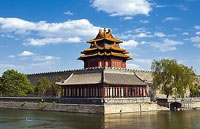
|
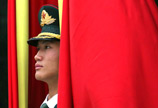
|
Today's Top News
China's wealthy look to make 'social impact' on education
Airline exec sees bright side for China and US
China, US must lead on climate: experts
China's coal solution could be in steam
Asian Americans supported Democrats in elections
Is Xiaomi ready for Western markets?
France to assist hunt for corrupt officials
New fund finances modern Silk Road
US Weekly

|

|
